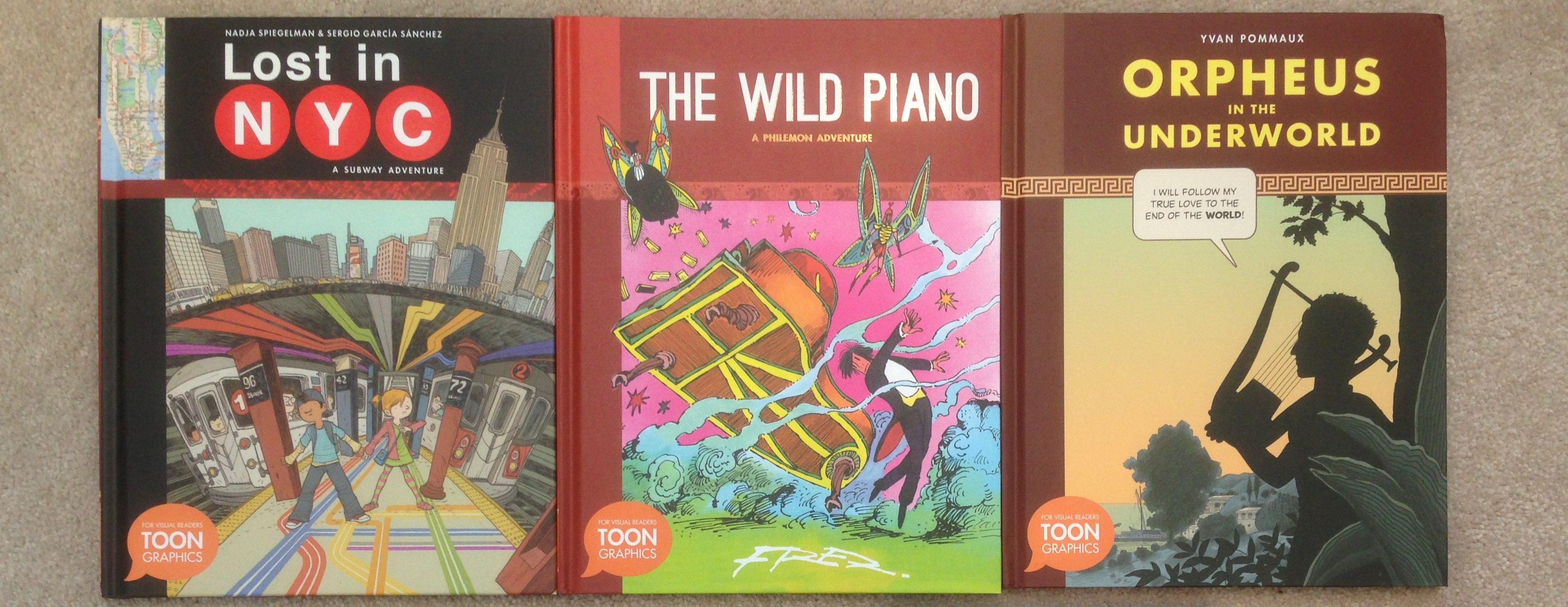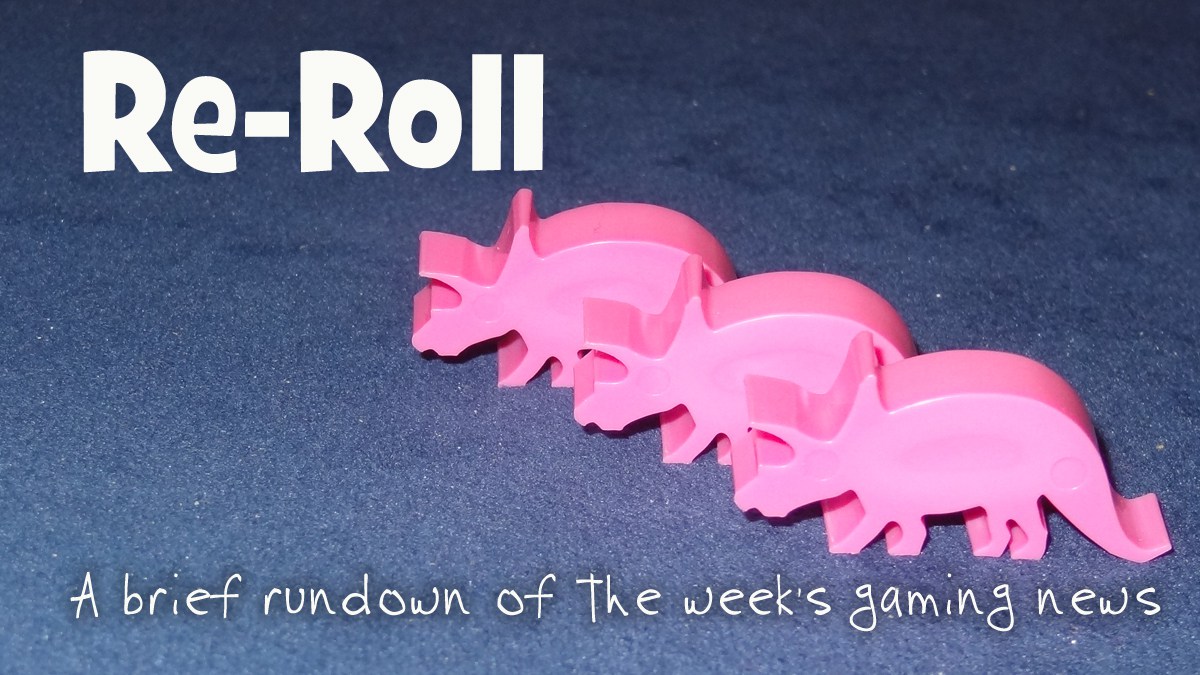If you like the concept of Mystic Vale but you want a little more player interaction, this expansion is for you.
What Is Mystic Vale: Twilight Garden?
Mystic Vale: Twilight Garden is an expansion to Mystic Vale for 2 to 4 players, ages 14 and up, and takes about 45 minutes to play. (With the Conclave expansion, it goes up to 6 players.) It is not a stand-alone game, so you do need the Mystic Vale base game to play. The retail price is $39.99, and it is available in now in game stores, directly from AEG, or from Amazon. Although the age rating on the box says 14 and up, I have played with my 11-year-old, who enjoys it; players who are familiar with deck-building games may be able to pick up Mystic Vale more easily.

Mystic Vale: Twilight Garden Components
- 96 Advancement cards
- 36 Vale cards
- 8 Leader cards
- 47 Curse tokens
The advancements and vales are like those from the base game: advancements are on clear plastic cards, and vales are on regular cards, all tarot-sized. The leader cards are similar to those in other expansions; each one features a particular character, pictured on both sides of the card, with different effects on the front and back.
The curse tokens are new to Twilight Garden: they’re shaped just like the point tokens, but are black with red numbers. Everything is the same quality as the previous Mystic Vale sets.
This expansion is a bit larger than the previous expansions (excluding the big-box Conclave), and has enough advancements and vales that you can actually play up to 4 players using just this set. However, since it doesn’t include the player starting cards or the Fertile Soil cards, you still need the base game in order to play. It’s tricky, because I think there may be people who would enjoy this set more than the base game, but those who have the base game don’t want to pay for a duplicate set of these common cards.

What’s New in Mystic Vale: Twilight Garden
You can download a copy of the rulebook here.
Since this is an expansion to Mystic Vale, I won’t explain the entire game, but will just outline the new features of Twilight Garden. If you’re not familiar with the base game yet, please take a look at my review here. The quick summary is that Twilight Garden introduces a lot of ways to lose points, as well as things that may directly affect other players.

Setup
During setup, deal each player 2 leader cards and let them choose one to use, returning the unused leaders to the box. Your leader card should be sleeved into one of your blank starting cards, with the cost to flip showing at the top right corner.
The rest of the setup is the same as the base game.

Leader Cards
Leader cards were introduced in previous expansions, and give each player a different ability when the leader card is played. Any symbols present on the leader card work the same way as if they were present on an advancement card, but generally you may not put advancements onto the card with your leader.
During the Harvest phase, you may pay the mana cost shown at the top right corner to flip your leader card over, which usually gives it a more powerful ability the next time it is played. Some leader cards require you to flip them back to the starting side after they’re played, but most of them will stay on the flipped side after paying the cost. Also of note: leader cards have a point value at the bottom right of the card, and these may change when flipped.

Curses
Some of the new advancements include a curse icon on the left side. During the harvest phase, if you have any of these icons showing in your field, you must collect a curse token for each icon played, and these will cost you 1 point each at the end of the game. Cards that have a red negative value on the right side will be worth negative points at the end of the game.

Vales
Likewise, there are some vales that have negative point values, and even some that have both positive and negative point values. The reason that these don’t just have a net worth is that there are certain cards that will trigger effects based on negative values, sometimes even affecting other players.

Legendary Advancements
There are a few new advancements, known as legendary advancements, that take up two slots on a card. They function like regular advancements, but are expensive to buy and are quite powerful. Just as with usual advancements, you cannot typically cover up anything with either half of a legendary advancement, so you will be more limited in where you can place them.

Eclipse Cards
Eclipse advancements, first seen in the Vale of the Wild expansion, have the eclipse symbol in the lower left section of the illustration, showing two cards overlapping. The common feature is the vertical stripe, which might have some symbols or other abilities. Eclipse cards, unlike regular achievements, may have other advancements sleeved over them. Typically that would replace the eclipse advancement, but still retain the symbols or abilities on the vertical stripe (as long as the new advancement does not have its own stripe). Note that you may not sleeve an eclipse advancement over anything, including another eclipse advancement. Also, if you cover up an end-game points symbol, that symbol is no longer worth anything.

Why You Should Play Mystic Vale: Twilight Garden
I’ve covered all of the Mystic Vale expansions so far, and it’s a game that has really grown on me since the base game. I really like the card-crafting aspect of the game, looking for combinations that work well together, as well as the press-your-luck element, allowing you to decide how risky you want to play.
The one thing that has been missing (for me and many players) is some direct player interaction, and it turns out that was intentional: designer John D. Clair told me that he actually preferred that “multiplayer solitaire” feel of some deck-building games, where you get to build your own engine and deck without any interference from other players. It’s more of a race than a battle, which fits thematically with the idea that we are all working to rebuild this vale. However, he acknowledged that a lot of players want a little more of a fight, and Twilight Garden is his answer.

There are now some cards that affect other players, not just you. Not a ton of them, mind you—it’s not like playing Dominion with market entirely composed of attack cards. But combining some of these small interactions with the curse tokens means that you can start costing other players points. For instance, the Wayfarer is an advancement that lets you pass a card to another player—but you could load it up with curses first, and then pass it along. Or, if it’s nearing the end of the game, put it on a card that has negative end-game points (most likely it has served its purpose already) and play hot potato with it.

As you saw already, some of the leader cards can also affect other players, distributing curse tokens or even outright stealing cards from other players. This really changes up the game, because prior to this expansion you always knew that you had exactly 20 cards in your deck, from start to finish. There are only a few effects that cause cards to change hands, but it can really throw off your sense of probability when you’re deciding whether to press your luck and flip a couple extra cards.

There are also cards that let you mitigate curses and negative points somewhat, and a lot of the strategy in Twilight Garden is deciding how much you want to risk. As in previous games, the cards with negative effects also tend to be fairly powerful, and the question is whether you can get enough benefit out of them to outweigh the penalties. With a good combination of vales and advancements, you could score big… or crash and burn.

The legendary advancements are expensive, but a lot of fun if you can get them into play. Because of the high cost, I’ve usually not seen the legendary advancements get played more than just a few times in a single game, but when they come up, everyone takes notice. You can get some pretty wild combinations with these.
I’ve really been enjoying the high-risk, high-reward cards in Twilight Garden, because it heightens the press-your-luck aspect of the game. Since the game is still a race to get the highest score when the point tokens run out, there are various approaches you can try: minimize your points loss and try to end the game quickly, take cards that will cost you later and hope that you can score enough points from them to make up the loss, disrupt your opponents’ carefully constructed deck by sending a Wayfarer loaded with curses…
The one recommendation I have, though, is that it’s not as great with the equinox setup from Conclave for 5 or 6 players. I normally enjoy using the equinox setup because it speeds up the game and allows for more players, but because you need to add more cards, it feels like it dilutes some of the effects, and it can be harder to build those combinations that make Twilight Garden so deliciously mean. Of course, a lot of that will depend on which cards you mix into the set, but I do like playing Twilight Garden on its own.
If you like Mystic Vale as is and you don’t like a lot of “take that” in your games, then Twilight Garden may not be for you. But if you’ve been wishing there were more ways to mess with your opponents, then it might just be the thing that makes Mystic Vale finally click for you.
Click here to see all our tabletop game reviews.
![]() To subscribe to GeekDad’s tabletop gaming coverage, please copy this link and add it to your RSS reader.
To subscribe to GeekDad’s tabletop gaming coverage, please copy this link and add it to your RSS reader.
Disclosure: GeekDad received a copy of this game for review purposes.






